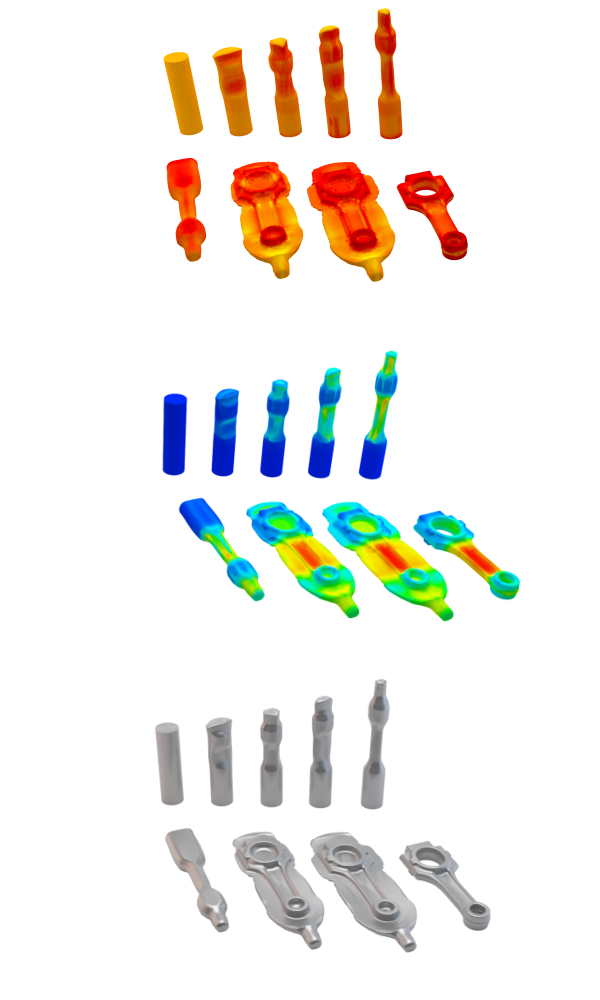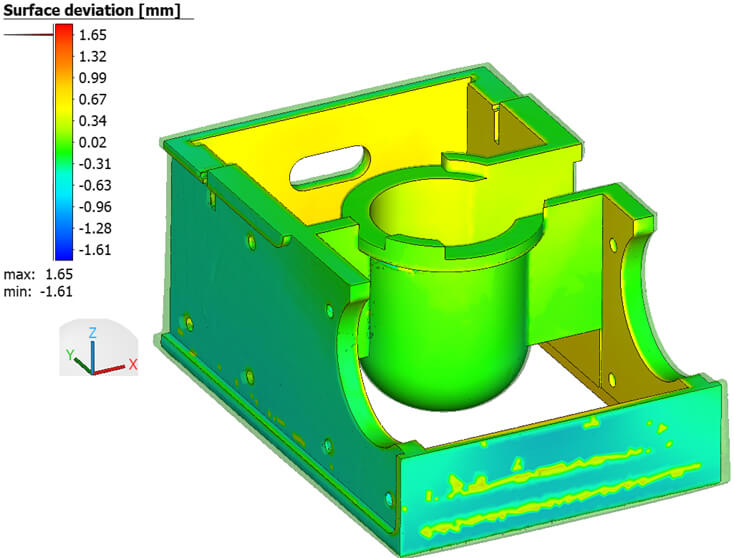CAE.CFD.FEA
Simufact Forming v2022
SIMUFACT FORMING is the industry leading simulation software for metal forming simulation and heat-treatment processes. This simulation software package is used worldwide by manufacturing companies large and small, for a wide variety of manufacturing processes, like cold forming, closed and open die hot forging, incremental forming, ring-rolling, sheet metal forging, and many more.
Simufact Forming
Specialised forming simulation software for virtual testing and process design for component optimisation
Simufact Forming is a simulation tool for the practitioner in forming technology. Our claim is to consistently align the software to the practical needs of the user.
Often, expert knowledge is required to operate simulation environments in order to build and program complex models. This is not the case with Simufact Forming. The user does not have to deal with the gray physics of the forming process nor with simulation specific details. Simufact Forming is practical and can be learned quickly and easily. The forming practitioner can thus concentrate on the details of his forming processes instead of on the software.
Its ease of use and versatility makes it a popular tool for metal forming specialists to understand and optimize forming processes through metal forming simulations.

Doing simulations with Simufact Forming for metal forming processes will allow you to:
Reduce costs in tool and process development through fewer testing of tools, less production downtime for trial runs and shorter development times.
Cost reduction in serial production through increased tool life, optimized utilization of machine capacity and less material waste.
Increase process stability through better knowledge about details of the forming process, fewer faults in forming and evaluation of more variants and risk-free testing of new ideas.
Process optimization through reduction of forming operations, less machining and optimized material usage.
Reduction of development time by reducing the number of physical try-outs
Predict material flow and possible material failures
Realize continuous analyses by transferring previous manufacturing process results to subsequent processes, for additional forming steps, or for welding simulation or even structural analyzes with third-party products, for any type analyzes like a crash or fatigue.
Usage of metal forming simulation typically pays for itself within a couple of months.
Related articles
Comment/コメント
Comment list/コメントリスト
- No comments/コメントはありません



